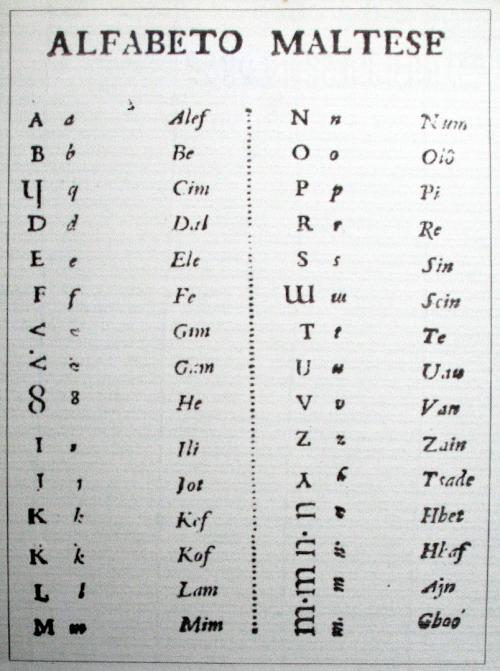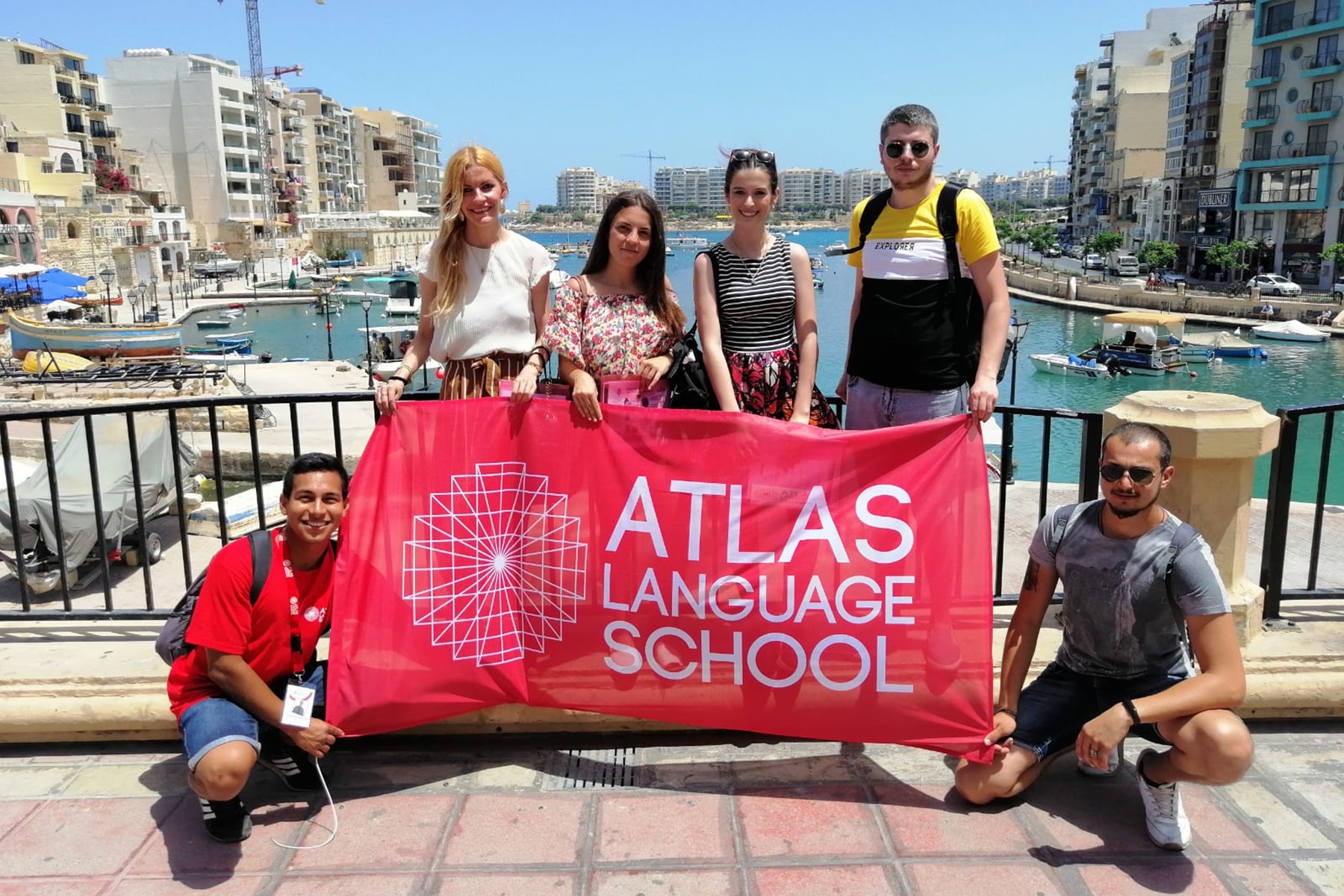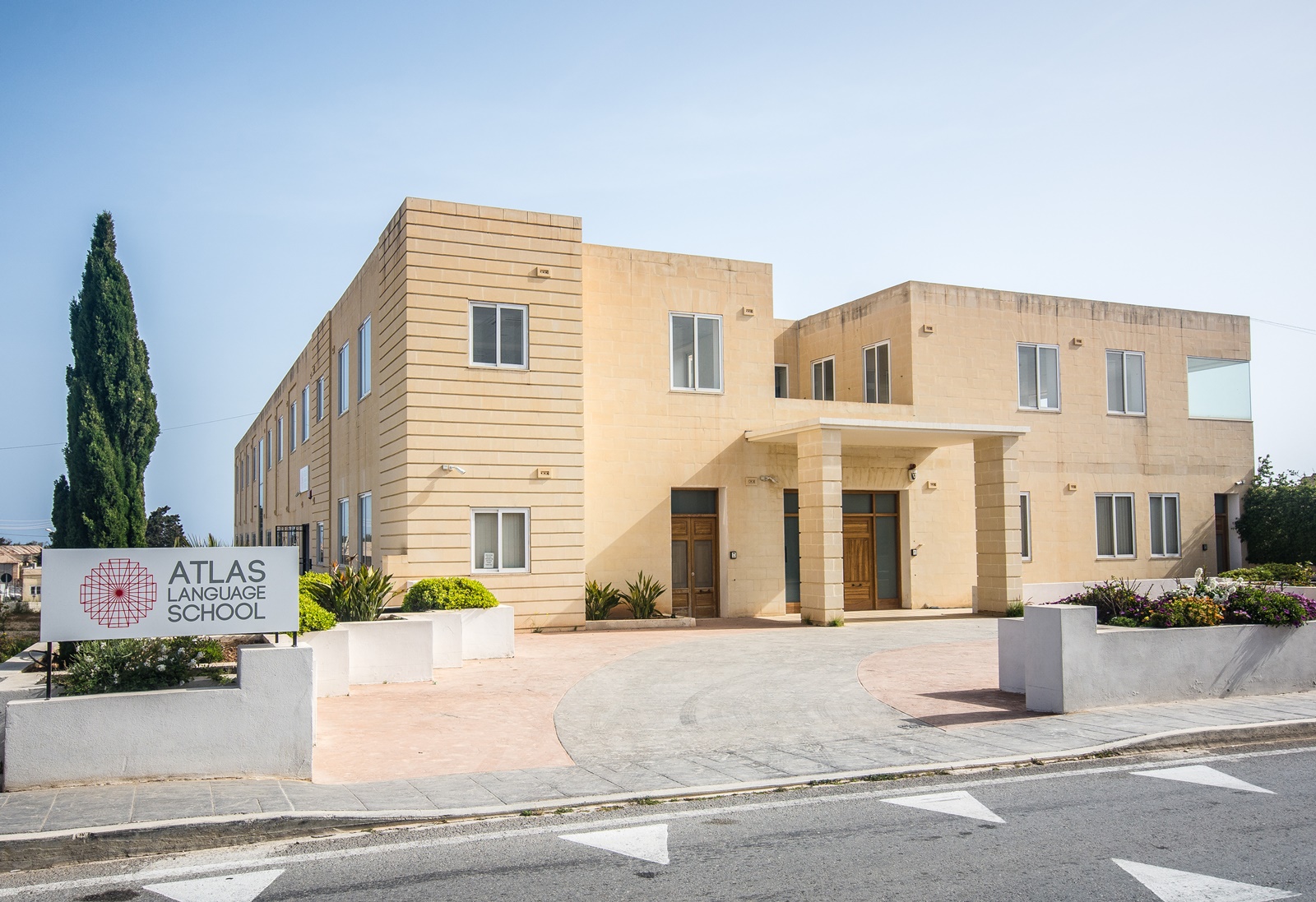Discovering Malta Language: A Journey Through Culture And Communication
Apr 06 2025
Are you ready to dive into the fascinating world of Malta language? This tiny island nation in the Mediterranean has a rich linguistic history that blends influences from Europe, North Africa, and the Middle East. Malta language is more than just words—it's a gateway to understanding the unique culture, traditions, and identity of this vibrant country. So, buckle up because we're about to embark on an adventure!
When you think of Malta, the first thing that comes to mind might be its stunning beaches, historic landmarks, or delicious cuisine. But let's not forget the backbone of Maltese society: its language. Malta language, officially known as Maltese (Malti), is one of the few Semitic languages written in the Latin alphabet. It's a linguistic marvel that has evolved over centuries, absorbing elements from Arabic, Italian, English, and even French.
What makes Malta language so special? Well, it's not just about the words themselves—it's about how they reflect the history, geography, and people of Malta. Whether you're planning a trip to the islands, interested in learning the language, or simply curious about linguistic diversity, this article will give you all the info you need. So, grab your favorite drink, get comfy, and let's explore the wonders of Malta language together!
Before we dive deeper, here's a quick table of contents to help you navigate through this article:
- The History of Malta Language
- Official Status and Importance
- Understanding the Structure of Malta Language
- Key Influences on Malta Language
- Tips for Learning Malta Language
- Everyday Use of Malta Language
- Cultural Impact of Malta Language
- Famous Phrases in Malta Language
- Challenges Facing Malta Language
- The Future of Malta Language
The History of Malta Language
Let's rewind the clock and take a look at how Malta language came to be. The origins of Maltese can be traced back to the Siculo-Arabic dialect spoken by settlers in Sicily and Malta during the 9th century. Over time, this dialect evolved and absorbed influences from various languages, including Italian, Norman French, and English.
One of the coolest things about Malta language is its Semitic roots. While most European languages belong to the Indo-European family, Maltese stands out as the only Semitic language officially recognized in the European Union. This unique heritage makes it a linguistic treasure worth exploring.
Throughout history, Malta has been ruled by different powers, including the Phoenicians, Romans, Arabs, Normans, and British. Each of these influences left its mark on the language, creating a rich tapestry of vocabulary and grammar rules that make Maltese so fascinating to study.
From Arabic Roots to Modern-Day Maltese
If we zoom in on the early days, the Arab influence was the most significant. The Maltese vocabulary is filled with words derived from Arabic, especially in areas like agriculture, religion, and everyday life. For example, the word "skola" (school) comes from the Arabic "maktab," while "xemx" (sun) is derived from the Arabic "shams."
As time went on, Italian became a major player in shaping Malta language. During the Middle Ages, Malta was part of the Kingdom of Sicily, which brought a wave of Italian vocabulary into the mix. Words like "libro" (book) and "kantina" (cellar) are direct imports from Italian.
Fast forward to the 19th century, and the British Empire entered the scene. English became the dominant language of administration, education, and trade, further enriching the Maltese lexicon. Today, English remains one of the official languages of Malta, alongside Maltese.
Official Status and Importance
Malta language holds a special place in the hearts of its people. It's not just a means of communication—it's a symbol of national identity and pride. In 1934, Maltese was officially recognized as one of the two national languages of Malta, alongside English.
But why is Malta language so important? For starters, it's a key part of the country's cultural heritage. The language connects modern-day Maltese people to their ancestors and the rich history of the islands. It's also a vital tool for preserving traditions, storytelling, and community bonding.
In practical terms, Malta language plays a crucial role in everyday life. From street signs and official documents to TV shows and social media, Maltese is everywhere. Even though English is widely spoken, especially among younger generations, Maltese remains the primary language for most locals.
Why Learn Malta Language?
If you're thinking about visiting or living in Malta, learning the language can open up a whole new world of opportunities. Not only will it help you communicate with locals, but it will also deepen your appreciation of the culture. Plus, it's a great way to impress your friends and family with your linguistic skills!
Here are a few reasons why learning Malta language is worth your time:
- It's a unique and fascinating language with Semitic roots.
- It will make your travel experience more authentic and rewarding.
- It's a great conversation starter and a way to connect with locals.
- It's a valuable skill that can enhance your career prospects.
Understanding the Structure of Malta Language
Now that we've covered the history and importance of Malta language, let's take a closer look at its structure. Maltese might seem intimidating at first, but once you break it down, you'll realize it's not as scary as it looks.
Maltese is written in the Latin alphabet, but it includes some unique characters like "ħ" (pronounced like a soft "h") and "ġ" (similar to the "j" sound in "jump"). The grammar rules are fairly straightforward, especially compared to other Semitic languages like Arabic or Hebrew.
One of the coolest things about Malta language is its flexibility. Unlike some languages that have strict word order rules, Maltese allows for more creativity in sentence structure. For example, you can say "Il-bambin jiekel il-kelb" (The boy eats the dog) or "Il-kelb jiekel il-bambin" (The dog eats the boy), depending on the context.
Key Features of Malta Language
Let's break down some of the key features of Malta language:
- Vocabulary: A mix of Semitic, Romance, and English words.
- Grammar: Relatively simple compared to other Semitic languages.
- Alphabet: Uses the Latin alphabet with a few unique characters.
- Phonetics: Pronunciation is generally consistent and easy to learn.
One thing to keep in mind is that Maltese has a lot of loanwords from other languages. This means you might recognize some words even if you've never studied the language before. For example, "restauran" (restaurant) and "telefon" (telephone) are almost identical to their English counterparts.
Key Influences on Malta Language
As we mentioned earlier, Malta language has been shaped by a variety of influences over the centuries. Let's take a closer look at the main players that have contributed to its unique character.
The Arab influence is perhaps the most significant, accounting for around 50% of the Maltese vocabulary. Words related to agriculture, religion, and everyday life often have Arabic roots. For example, "zokk" (tree trunk) and "sliema" (peace) are both derived from Arabic.
Italian has also played a major role in shaping Malta language. During the Middle Ages, Malta was part of the Kingdom of Sicily, which brought a wave of Italian vocabulary into the mix. Words like "libro" (book) and "kantina" (cellar) are direct imports from Italian.
English became an important influence during the British colonial period. Today, English remains one of the official languages of Malta, and many Maltese words have English origins. For example, "ċop" (cup) and "ċent" (cent) are borrowed from English.
Other Influences on Malta Language
In addition to Arabic, Italian, and English, Malta language has been influenced by other languages as well. For example:
- French: Words like "bilanc" (balance) and "kavall" (horse) come from French.
- Spanish: Some vocabulary, such as "ċar" (car) and "ċasa" (house), has Spanish origins.
- Norman French: The Knights of St. John, who ruled Malta from 1530 to 1798, introduced Norman French vocabulary.
This diverse linguistic heritage makes Malta language a fascinating blend of cultures and traditions. It's a living testament to the island's history and its interactions with the wider world.
Tips for Learning Malta Language
So, you've decided to take the plunge and learn Malta language? That's awesome! Here are some tips to help you get started:
First, focus on building a strong foundation in vocabulary and grammar. Start with common words and phrases, and gradually work your way up to more complex sentences. Use flashcards, apps, and online resources to practice regularly.
Next, immerse yourself in the language as much as possible. Watch Maltese TV shows, listen to Maltese music, and try to engage with native speakers. The more exposure you have to the language, the faster you'll learn.
Don't be afraid to make mistakes! Learning a new language is all about trial and error. The more you practice, the more confident you'll become. And remember, practice makes perfect—or as they say in Maltese, "L-iskola jgħid li ma jgħidx."
Useful Resources for Learning Malta Language
Here are a few resources to help you on your language-learning journey:
- Online Courses: Websites like Duolingo and Memrise offer free courses in Maltese.
- Language Apps: Apps like Babbel and Rosetta Stone provide structured lessons and exercises.
- Books and Dictionaries: Invest in a good Maltese-English dictionary and grammar book.
- Language Exchange Programs: Connect with native speakers through platforms like Tandem or HelloTalk.
With dedication and practice, you'll be speaking Malta language like a pro in no time!
Everyday Use of Malta Language
Now let's talk about how Malta language is used in everyday life. Whether you're ordering food at a restaurant, shopping at the market, or chatting with friends, Maltese is the go-to language for most locals.
In formal settings, such as government offices and educational institutions, both Maltese and English are used. However, in informal situations, Maltese tends to dominate. Even younger generations who are fluent in English often prefer to speak Maltese among themselves.
One interesting phenomenon in Malta is code-switching, where speakers alternate between Maltese and English within the same conversation. This is especially common among younger people, who often mix the two languages to create a unique hybrid dialect.
Common Phrases in Everyday Malta Language
Here are some common phrases you might hear in everyday Malta language:
- Hello: "Bonġu"
- Goodbye: "Sawl ma tixtra"
- Thank you: "Grazzi"
- Excuse me: "Skuzija"
- How are you?: "Kif inti?"
Learning these basic phrases can go a long way in making a good impression when you visit Malta. Locals will appreciate your effort, and you might even make a few new friends along the way!
Cultural Impact of Malta Language
Malta language is more than just a means of communication—it's a vital part of the country's cultural identity. From literature and music to art and theater, Maltese is at the heart of Malta's


